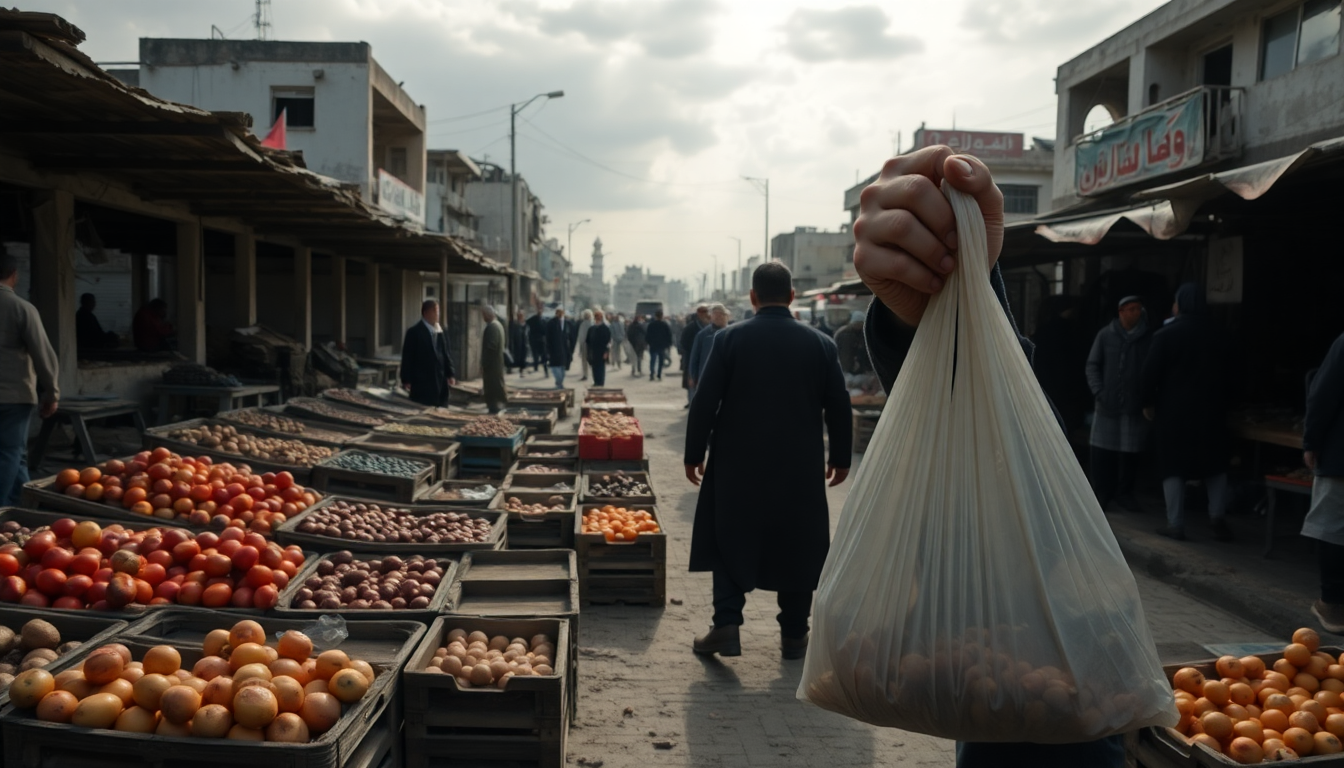Table of Contents
The humanitarian crisis in Gaza is reaching shocking levels, as families grapple with the dire struggle to find enough food just to survive. With the blockade severely restricting access to essential supplies, the situation is becoming increasingly desperate. In this article, we’ll take a closer look at the realities faced by those living in Gaza, highlighting personal experiences and the broader implications of this ongoing conflict.
The Impact of the Blockade on Food Availability
Since the blockade was imposed on March 2, food supplies in Gaza have taken a nosedive. Basic staples like sugar and flour have vanished from markets, and the prices of the few remaining goods have shot up dramatically.
In a region that once thrived on a variety of foods, families are now left with meals that consist mainly of red lentils. Can you imagine having to limit your diet to just one or two ingredients?
This drastic change in food availability has forced families to adapt in ways we can hardly fathom.
Many, like the narrator’s family, decided against stockpiling food during a brief truce in January. This choice stemmed from previous traumatic experiences of loss, making the focus shift from simply obtaining food to ensuring loved ones stay safe amidst the chaos.
As conditions worsen, families find themselves relying entirely on red lentils, water, and salt—ingredients that have sadly become synonymous with survival. With the price of flour skyrocketing to between 60 and 100 shekels per kilogram, even the simplest meals have become a luxury.
How would you feel if your daily meals boiled down to just a handful of ingredients?
The Challenges of Aid Distribution
In late May, the announcement of the US-backed Gaza Humanitarian Food (GHF) initiative offered a glimmer of hope for many.
However, concerns quickly arose regarding the details of how this aid would be distributed. With distribution points situated in high-risk areas, many began to question the safety and effectiveness of accessing these much-needed supplies.
As families braced themselves to venture into potentially dangerous territories for aid, reports of violence and chaos at distribution sites began to surface. The first day of aid distribution in Rafah was marred by tragedy, with numerous individuals injured or even killed amid gunfire. Such incidents have fostered a climate of fear and skepticism regarding the true intentions behind these aid efforts.
The presence of criminal elements at these distribution points further complicates matters. Eyewitness accounts describe gangs looting aid, leaving vulnerable families with little hope. The chaotic environment, worsened by the presence of armed soldiers, has transformed aid distribution into a perilous endeavor. Can you imagine trying to secure food for your family in an environment like that?
The Human Cost of Ongoing Conflict
The ongoing conflict has not only led to severe physical deprivation but has also inflicted deep psychological trauma on those living in Gaza. The constant threat of violence and the struggle for basic necessities have created an atmosphere of despair. Families are left facing impossible choices: risk their lives for a slim chance of aid or endure the slow, painful decline of starvation.
The testimonies of those navigating these dangerous waters paint a grim picture. Their narratives of survival are often intertwined with stories of loss, violence, and an unyielding fight for dignity against overwhelming odds. Many perceive aid as a weapon used against them, complicating the relationship between the people of Gaza and those attempting to provide assistance.
Ultimately, the plight of families in Gaza highlights a broader humanitarian crisis that urgently needs attention. As the world watches, it’s vital to recognize the human stories behind the statistics and to understand the harsh realities defining life in a region besieged by conflict. How can we stand by and ignore the struggles of those simply trying to survive?





